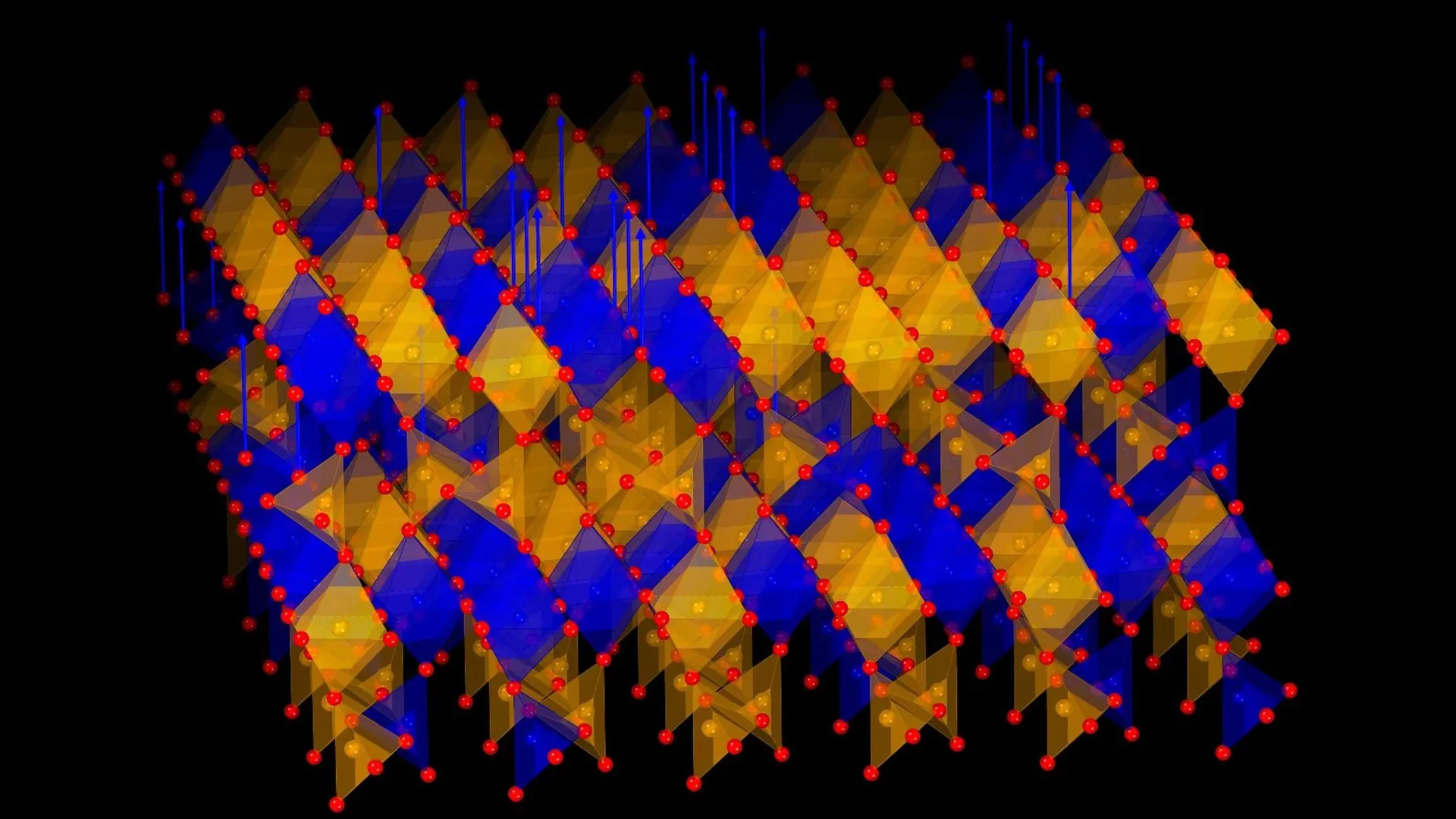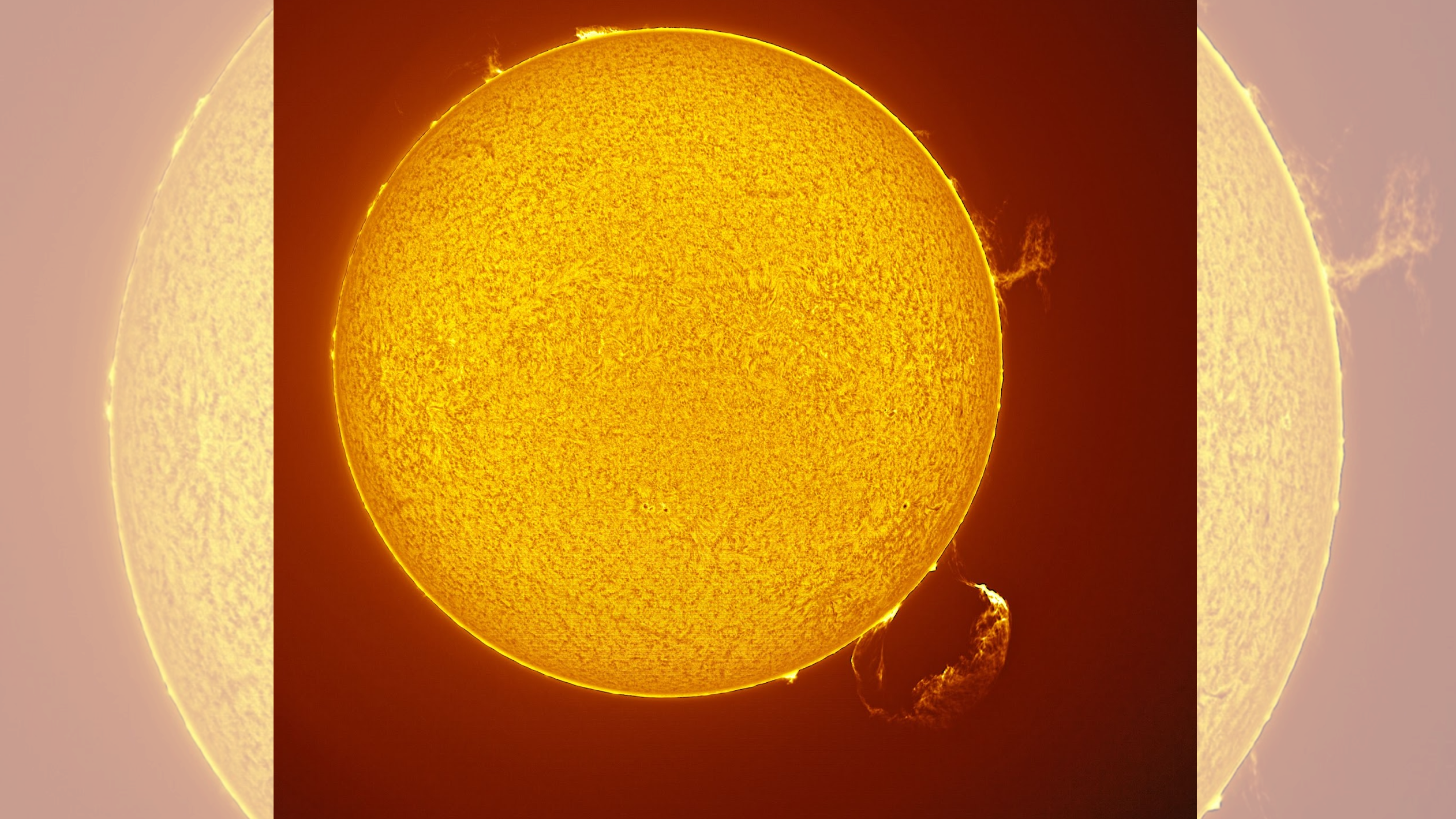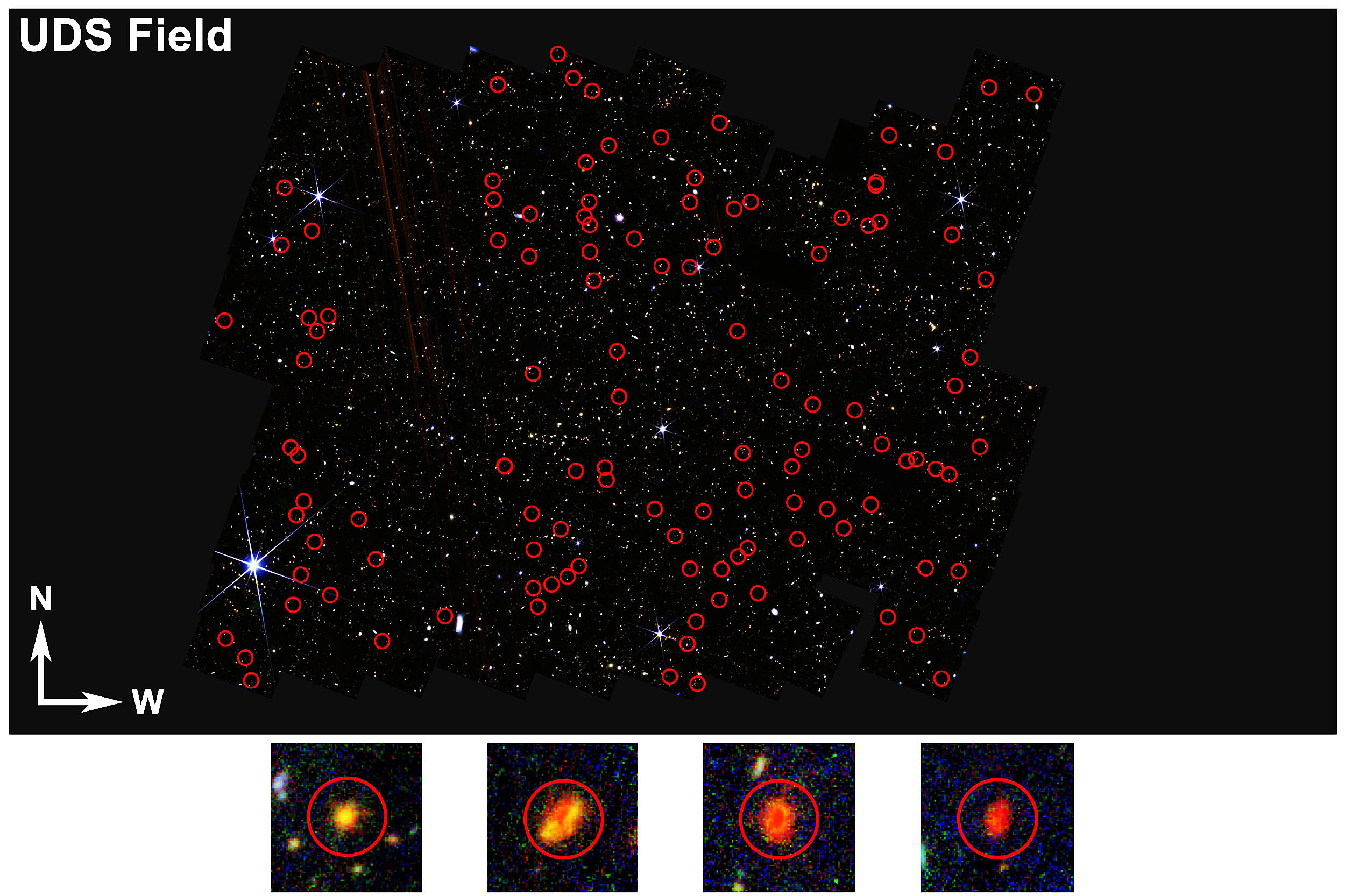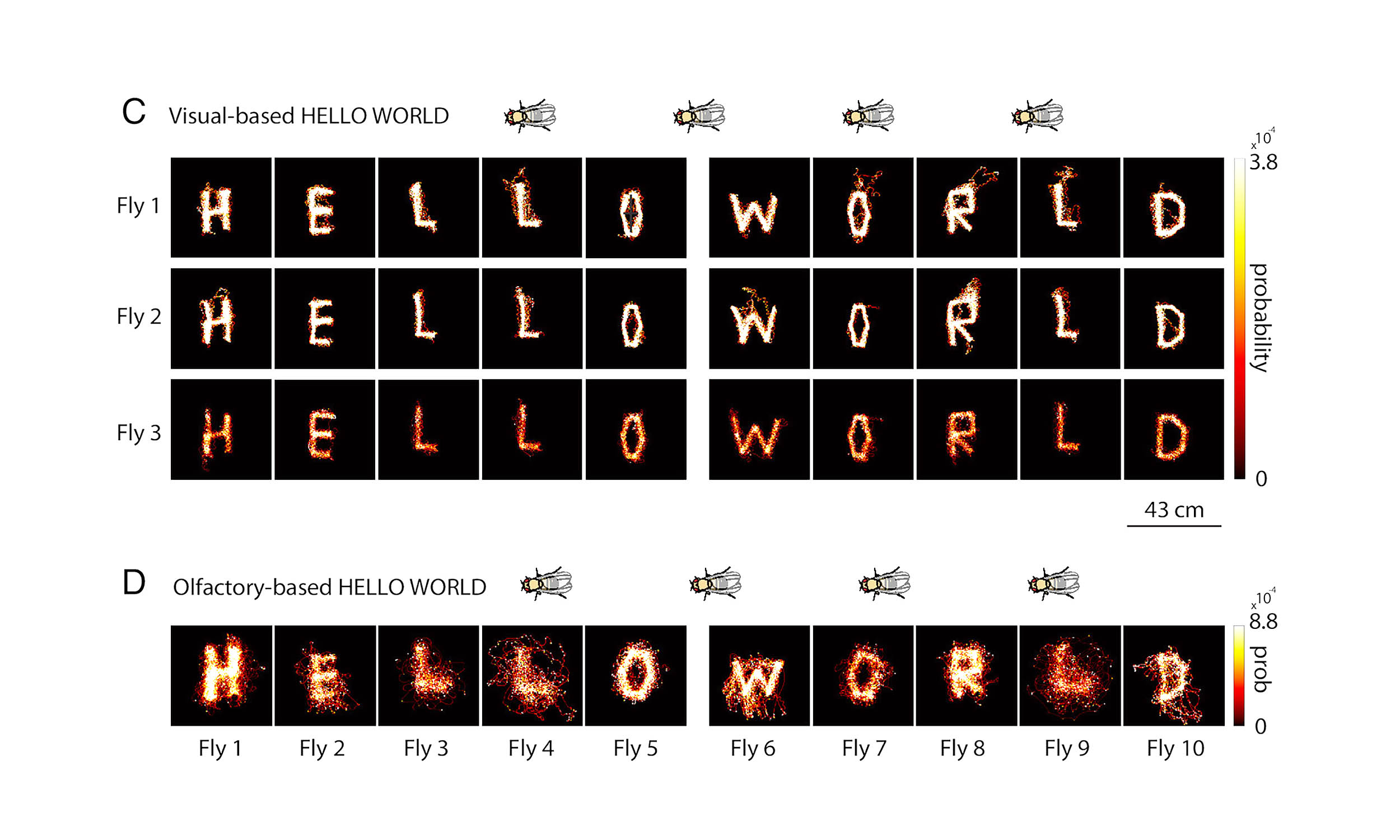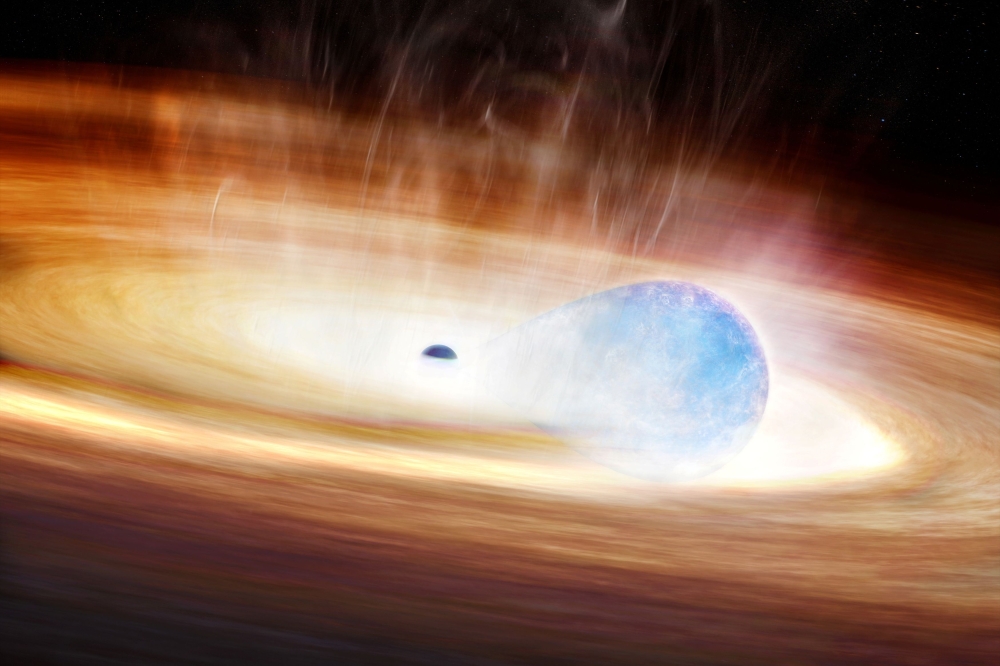Could Gas Giants Become Black Holes? Shocking New Discovery Reveals the Dark Side of Exoplanets!

Have you ever imagined that the planets we gaze at in the night sky might hold secrets so profound they could challenge everything we know about the universe? Well, buckle up, because a groundbreaking study from the University of California, Riverside is proposing that some gas giants could be on a collision course with darkness itself — literally!
Once regarded as the fringe players of astronomy, exoplanets have now become the rock stars of cosmic research, fascinating scientists and dreamers alike. With nearly 6,000 confirmed exoplanets cataloged in NASA’s archive as of mid-2025, these celestial bodies are providing incredible insights into the fundamental composition of our universe.
Leading this thrilling investigation is graduate researcher Mehrdad Phoroutan-Mehr, alongside postdoctoral researcher Tara Fetherolf. Their study suggests that gas giants, those colossal planets like Jupiter, might gradually accumulate dark matter in their cores. And when this buildup reaches a critical threshold, it could trigger the formation of a tiny black hole!
The mechanics of this dark matter accumulation are fascinating. Gas giants have vast volumes and cold interiors, making them ideal candidates for detecting minute sources of energy. Imagine a massive, swirling storm where invisible dark matter particles slowly lose speed and settle into the planet's core, piling up like snow until the force of gravity becomes irresistible. At that moment, the clump could collapse into a black hole, which might either begin to feast on the surrounding gas or evaporate if it’s small enough.
The researchers focused on a unique scenario involving superheavy, non-annihilating dark matter. This means that captured particles do not annihilate each other, leading to a relentless accumulation that could cause the core to collapse within observable timescales. In layman's terms, if the conditions are just right, a planet could quietly transform into a black hole while maintaining its mass but losing its physical form as we know it.
Phoroutan-Mehr notes the significance of this discovery: “If a black hole with the mass of a planet is found, it would be a monumental breakthrough.” Just imagine the implications!
Now, if a gas giant were to turn into a black hole, it wouldn’t simply disappear. It would still exert gravitational influence on its star, leading to detectable signals like radial velocity and astrometry. However, what’s truly intriguing is that we might not see the anticipated dips in light transits as the planet shrinks beyond the silhouette that usually crosses in front of its star.
This discrepancy creates a fascinating puzzle for astronomers. If stellar wobbles suggest the presence of a giant planet, yet repeated photometry shows no transits, it raises a red flag. The system then becomes a prime candidate for closer scrutiny.
The Nancy Grace Roman Space Telescope is gearing up for this cosmic detective work. Its Galactic Bulge Time-Domain survey aims to capture tens of thousands of microlensing events in regions rich in dark matter, where the model predicts stronger capture and quicker collapses. By combining microlensing with precise astrometry, we might finally map the distribution of planetary-mass compact objects and see if they cluster in areas of high dark matter density.
But here’s the catch: this doesn’t mean every gas giant is on a one-way trip to becoming a black hole. The researchers emphasize that many factors need to align, from the mass of the dark matter particles to their scattering cross section and local density. The absence of planet-mass black holes would also yield valuable information. If we find Jupiter-like worlds intact in regions where we expect collapses, that would challenge our understanding of dark matter properties.
In essence, this research could transform an ordinary planetary survey into an experiment in particle physics. A confirmed planet-mass black hole would signal the presence of a heavy dark matter particle candidate, pushing the boundaries of our understanding beyond conventional terrestrial detectors. Conversely, a lack of black holes could help refine our models of dark matter.
As the exoplanet census continues to grow, the findings from Roman’s catalogs, combined with ground observatories and future imaging missions, set the stage for a decisive test of these mind-bending ideas. The journey into the dark side of our universe is just beginning!
This thrilling study is published in the journal Physical Review D, marking a significant milestone in our quest to unravel the mysteries of dark matter and the universe. Are you ready to embrace the adventure?











